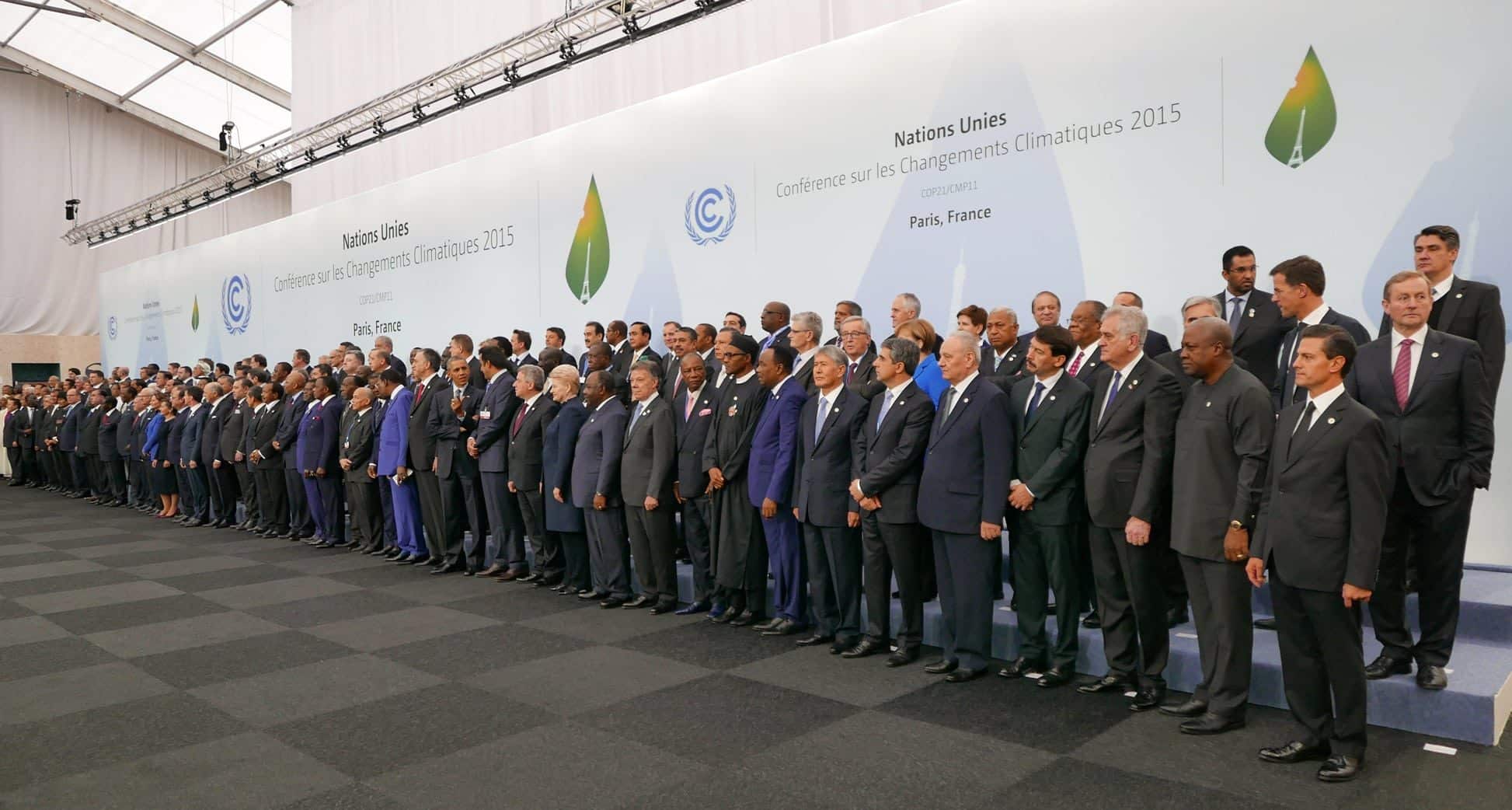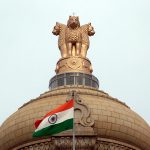Though the U.S. and China, the top global greenhouse gas (GHG) emitters, have ratified the treaty at the G-20 summit, implementation of the Paris Pact is possible only when 55 countries , accounting for 55 percent of the global GHG emissions ratify it.
Success of the Montreal Protocol- Lessons to be Learnt
- The Montreal Protocol offers a successful environmental treaty that brought nations together to act swiftly on protecting the ozone layer.
- In 1987, 197 member nations of the UN signed the Montreal Protocol on Substances that Deplete the Ozone Layer.
- The ozone layer which at that time was discovered to have a big hole in it due to widespread use of ozone depleting chemicals, is now showing signs of recovery.
- Thanks to the collective efforts of nations to cut the use of chlorofluorocarbons and other dangerous gases, researchers now believe that the size of the ozone hole has shrunk by around 4 million sq. Km since 2000.
- Parties to the protocol will meet in October, 2016 in Kigali, Rwanda to discuss the phasing down of hydrofluorocarbons (HFCs), as the next step towards addressing ozone depletion, also necessary to curb global warming.
- According to UNFCCC, an HFC phase down could prevent warming of up to 0.1 ºC by 2050 and 0.5ºC by 2100, offering one of the most cost-effective climate mitigation strategies available to the world today.
- Unlike climate change, the science behind ozone depletion was contested at the time of signing of the protocol. It was only eight years after the protocol came into being that the Nobel Prize in Chemistry to Paul J. Crutzen, Mario J. Molina and F. Sherwood Rowland brought global validation for their work on the formation and decomposition of ozone in the atmosphere. But that did not stop the parties to the protocol from taking necessary action.
Challenges
- The Montreal Protocol had to address the use of ozone- depleting substances in select industries where they were widely used whereas the Paris Agreement has to reduce the dependence on fossil fuels that continue to be the world’s primary source of energy. It has a much bigger goal to achieve.
- Despite the scientific evidence in support of global warming and climate change, signatories to the Paris treaty have much skepticism to overcome before meeting its goal of keeping global warming levels less than 2ºC above pre-industrial levels.
- Mr. Donald Trump has dismissed climate change as a hoax and Hillary Clinton’s proposed action plans on climate change have been referred to as inadequate by commentators. Though US President Bill Clinton in 1997 had signed the Kyoto Protocol, but the U.S. Senate did not approve it. This led to other major GHG emitters to abandon the protocol. This experience with the Kyoto Protocol shows that the U.S. can topple international efforts to fight climate change, if it wants.
- Besides political will, there is a question of funding as well. Industrialized countries had, in Cancun in 2010, committed to provide funds rising to $100 billion per year by 2020 for a Green Climate Fund (GCF) to help developing countries invest in green energy and prepare for extreme weather events. However, the GCF has so far raised only $ 10 billion, and allocated money to only about eight projects since it was first set up.
- A closer look at the list of countries that have ratified the Paris Agreement shows that small countries, especially island nations, with low GHG emissions and high risk of climate catastrophe, have been more prompt.











